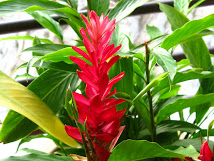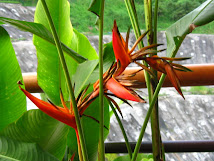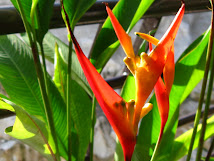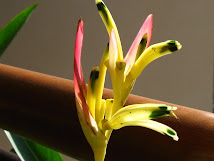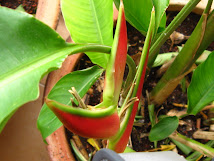psittacorum cv St Vincent Red
psittacorum cv Andromeda
psittacorum cv Lady Di
Stricta Dwarf Jamaican
All about growing exotic Heliconias in my Garden in Penang, Malaysia
 3rd December 2008
3rd December 2008 2nd December 2008
2nd December 2008 1st December 2008
1st December 2008
 29th November 2008
29th November 2008 28th November 2008
28th November 2008



 22nd November 2008
22nd November 2008
 19th November 2008
19th November 2008 18th November 2008
18th November 2008 17th November 2008
17th November 2008 16th November 2008
16th November 2008 15th November
15th November 13th November 2008
13th November 2008 12th November 2008
12th November 2008 10th November 2008
10th November 2008 9th November 2008
9th November 2008 8th November 2008
8th November 2008 7th November 2008
7th November 2008 16th November 2008
16th November 2008 15th November 2008
15th November 2008 14th November 2008
14th November 2008 13th November 2008
13th November 2008 11th November 2008
11th November 2008 10th November 2008
10th November 2008 8th November 2008
8th November 2008 7th November 2008
7th November 2008 6th November 2008
6th November 2008 5th November 2008
5th November 2008 4th November 2008
4th November 2008 2nd November 2008
2nd November 2008 1st November 2008
1st November 2008 29th October 2008
29th October 2008 28th October 2008
28th October 2008 27th October 2008
27th October 2008 25th October 2008
25th October 2008 24th October 2008
24th October 2008 21st October 2008
21st October 2008 20th October 2008
20th October 2008 20th October 2008
20th October 2008 19th October 2008
19th October 2008 18th October 2008
18th October 2008
Heliconias may be distinguished from other members of the Zingiberales by their inverted flowers, a sterile staminode and fruits which are drupes (a hard seed surrounded by fleshy pulp).
In their natural habitat, Heliconia typically occupy clearings on the forest floor in humid tropical rain-forests, especially in places where sunlight can penetrate through the leaf canopy, and also along river banks.
Having recently read the book 'Indentification of Heliconias', I am now able to identify 11 out of the 12 heliconias that is now residing on my balcony garden based on height; inflorescence particular on number of bracts, color of rachis, sepals, ovary and pedicel; leave form.
